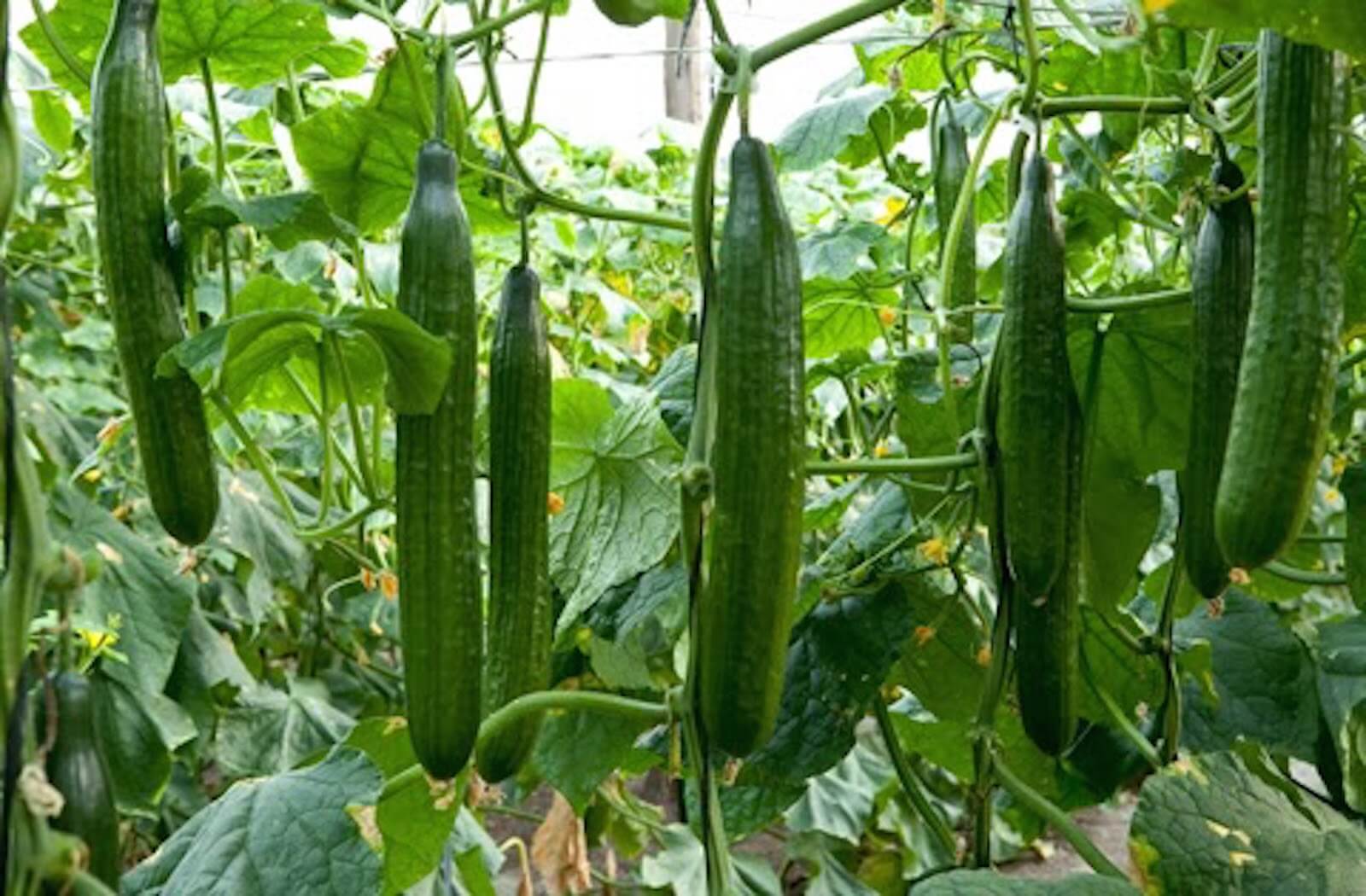
- Choose the variety: Consult with a Seed Co Agronomist to choose the best cucumber variety to grow. For greenhouse production, Dreamliner F1 is a good hybrid variety that produces high yields. For open yield production, Seed Co recommends Olympian F1 and Stonewall F1, which have excellent disease tolerance and adaptability.
- Determine spacing: Rows can be 1.2m – 1.8m apart on flat land and 50cm – 1m apart in row, depending on the variety and plant population needed. If cucumbers are grown on beds, the bed center to bed center spacing should be 1.2m – 1.8m, with two rows on top of the beds. The rows can be 40cm apart, and in row of 50cm – 80cm apart. The plant population can range from 14,000 to 40,000 per hectare.
- Prepare the field: Plough or subsoil to break up a hard pan if present in the soil. Ensure the soil pH is between 5.5 – 6.0, and the soil is harrowed to a reasonable tilth after ploughing or sub-soiling so that direct seeding can have good soil-to-seed contact.
- Irrigation: Cucumbers need a constant water supply for good quality fruit production. Soil should not dry out at planting or transplanting. Soil types will determine the frequency and amount of water needed. Drip irrigation is recommended to conserve water and fertilizers.
- Fertilization: Apply compound “D” at 600kgs – 750kgs per hectare as basal. Top dress with 50kg per hectare AN two weeks after germination or transplanting. Apply 35kgs per hectare Muriate of Potash every two weeks from the first fruit set. Both AN and Muriate of Potash should be applied every two weeks from then on to ensure good yields. Compost or manure can also be added to improve soil texture and root growth.
- Trellising: Cucumbers can be trellised to achieve better yields and quality fruit. The trellis should be 1.6m – 1.8m in height with strong poles spaced every 4m apart. A twelve-gauge wire is placed about 12cm off the soil level, and an 8-gauge wire is pulled on the top. Twine or netting can be strung between the wires so that plants can be trained up. Side shoots should be pinched out from the bottom up to around 50cm, after which they should be allowed to grow out. Training needs to be done on a weekly basis to ensure all the vines are tied onto the netting or twine.
- Pollination: Most cucumber cultivars are monoecious, meaning they have separate male and female flowers on the same plant. Bees are needed for pollination, and two to three hives per hectare should be placed near the field. Up to 8 bee visits per flower are required to ensure pollination for fruit formation.
- Harvesting: Harvest cucumbers when they are mature, firm, and uniformly green. Depending on the variety and growing conditions, cucumbers can be harvested 40-60 days after planting. Cucumbers should be harvested early in the morning or late in the evening when the temperature is cooler.
By following these steps, you can successfully grow cucumbers and enjoy a bountiful harvest.



















Leave a Reply